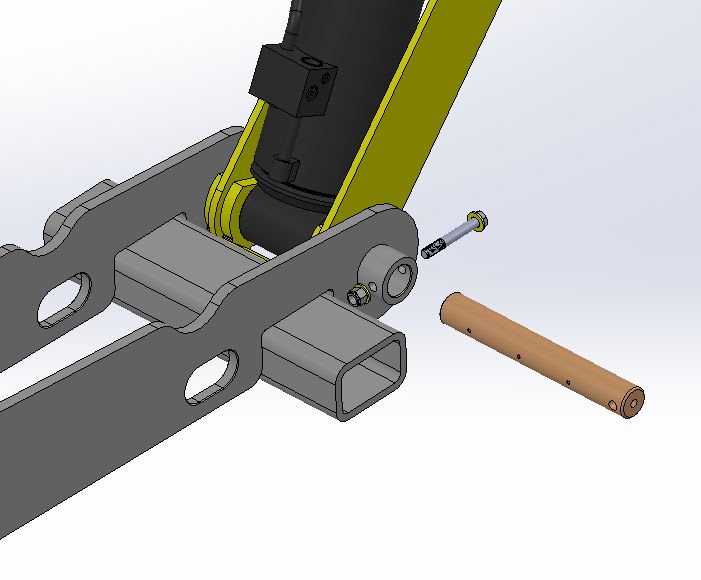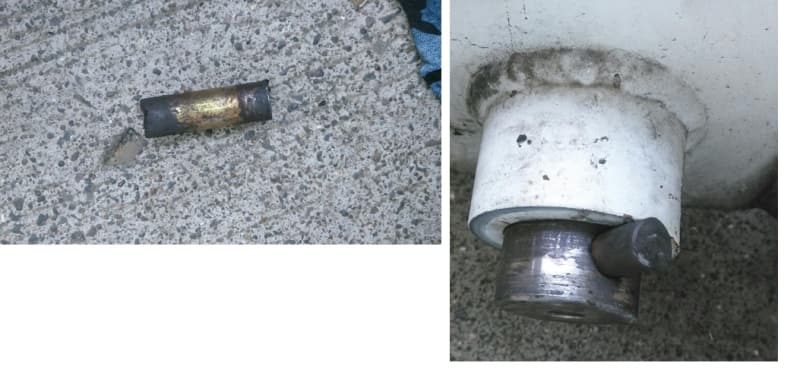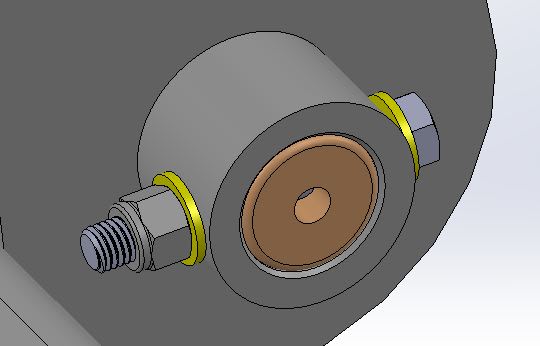Chiwahua
Mechanical
- Apr 4, 2016
- 14
We have a case where we have a bolt that fails in shear.
Am I wrong to think that:
the higher the tension in the bolt, the less it takes to be able to shear the bolt?!
For example:
Bolt 1 is torqued at 600 lbs.ft
Bolt 2 is torqued at 200 lbs.ft
Let's pretend the friction due to the clamping force doesn't exist, it would takes less force to shear the bolt 1, right?
Thanks a lot for your help!
Am I wrong to think that:
the higher the tension in the bolt, the less it takes to be able to shear the bolt?!
For example:
Bolt 1 is torqued at 600 lbs.ft
Bolt 2 is torqued at 200 lbs.ft
Let's pretend the friction due to the clamping force doesn't exist, it would takes less force to shear the bolt 1, right?
Thanks a lot for your help!



